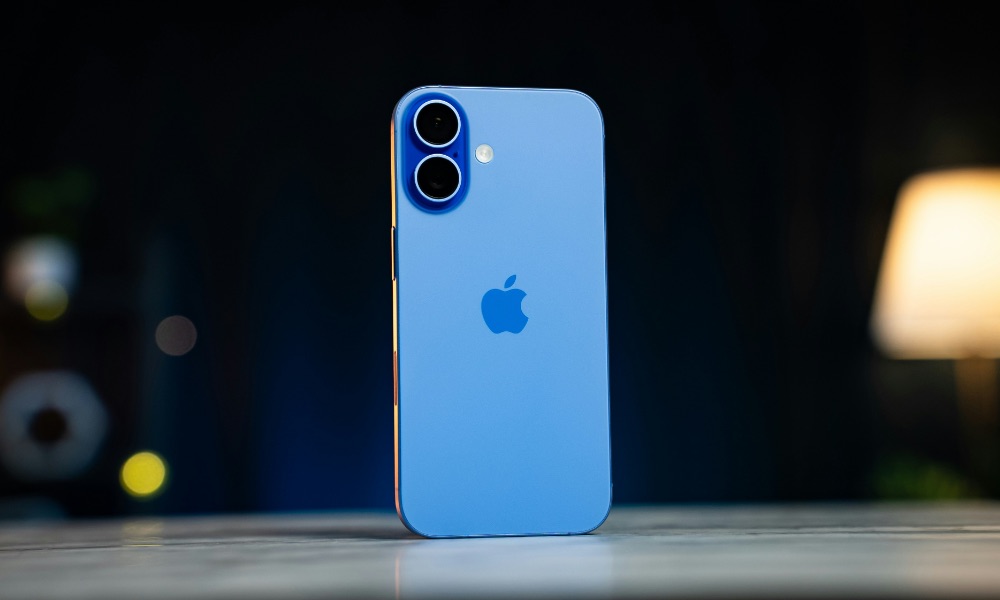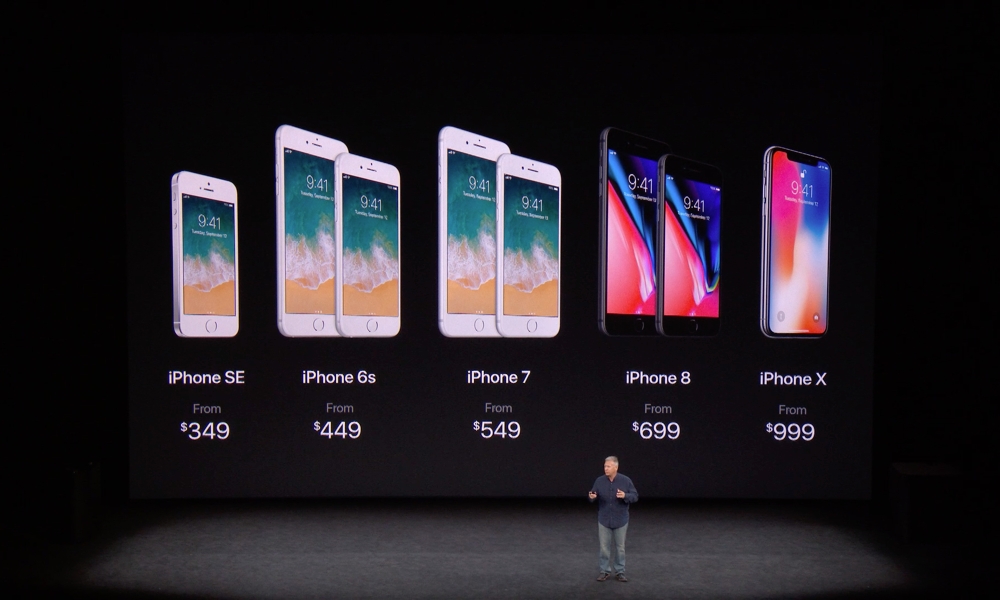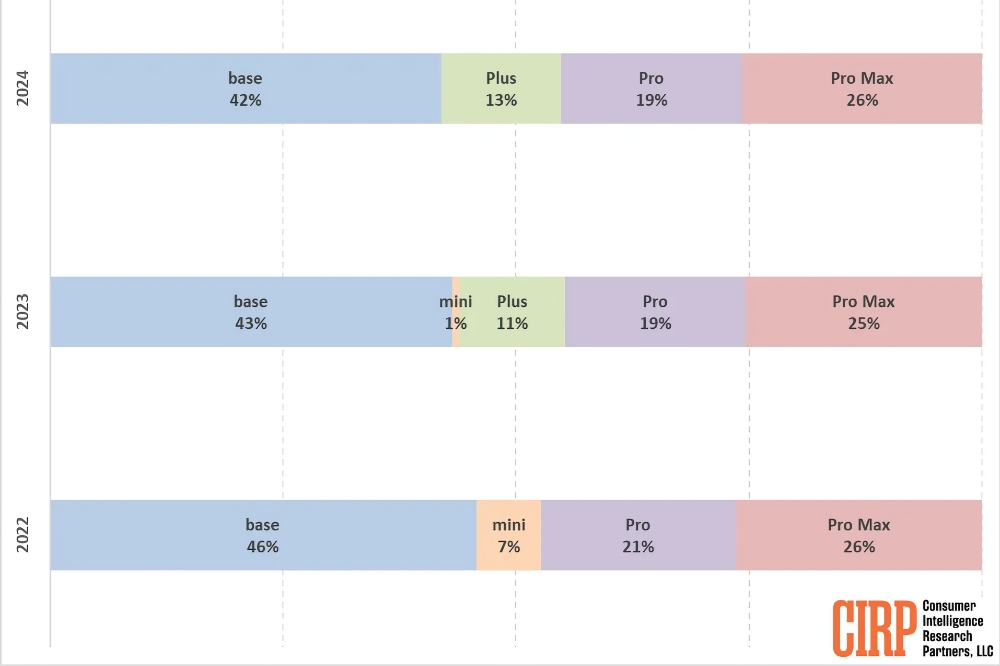‘Base’ iPhone Models Claim More than a Third of Sales | Here’s Why
 Amanz / Unsplash
Amanz / Unsplash
Toggle Dark Mode
A new market research report reveals that Apple’s standard 6.1-inch iPhone 16 and its predecessors accounted for 42% of nearly all iPhones sold this year. While that flies in the face of other reports that suggest the iPhone 16 Pro Max is considerably more popular, it’s not too surprising once it’s taken in context.
The report comes from Consumer Intelligence Research Partners (CIRP), and although it excludes the “infrequently refreshed” iPhone SE, it covers all the other models that Apple presently sells — not just the latest iPhone 16 models.
From 2007–2013, Apple sold only a single model of each iPhone each year. There weren’t even “Plus” models in those days, much less the standard and pro lineups we know today. Just a single model in various colors and capacities. However, after an ill-fated attempt to offer a lower-tier model in 2013 by repackaging the 2012 iPhone 5 into a more colorful casing as the iPhone 5c, Apple switched the following year to simply keeping the year-old model around at a lower price. Hence, the 2013 iPhone 5s and iPhone 5c continued to be sold after the 2014 iPhone 6 lineup was released. Perhaps coincidentally, this was also the same year that the lineup began to get more complex, with the first “Plus” models coming onto the scene.
This continued through the iPhone 6s and iPhone 7 era, with the iPhone SE added to the mix in early 2016. However, with the 2017 release of the iPhone X, Apple went one step further and began keeping a two-year-old iPhone around. That year, the iPhone lineup was the most extensive it had ever been, with the iPhone X, iPhone 8 and 8 Plus, iPhone 7 and 7 Plus, iPhone 6s and 6s Plus, and iPhone SE all in the lineup.
That three-year tradition has continued to this day. Even as Apple moved to the two-tier lineup of standard and pro models that began with the 2018 iPhone XS and iPhone XR, the iPhone 8 and iPhone 7 remained available. However, when the iPhone 11 lineup arrived in 2019, it became clear that only the standard models would survive; the iPhone XS and iPhone XS Max were discontinued, and only the iPhone XR remained on sale.

Today, Apple sells the iPhone 14 and 14 Plus and the iPhone 15 and 15 Plus alongside the entire iPhone 16 lineup, making this year tied with 2017 for the broadest range of iPhones still available; in prior years, the iPhone 12 mini and iPhone 13 mini only lasted for one year, making this the first year since then that Apple still sells both sizes of a two-year-old iPhone model.
All that to say, what CIRP calls a “base” iPhone in its report isn’t just this year’s iPhone 16. That 42% encompasses the iPhone 14 and iPhone 15. Along the same lines, the “Plus” models would encompass sales of the iPhone 14 Plus, iPhone 15 Plus, and iPhone 16 Plus, which makes the 13% share of sales far less impressive.
Meanwhile, the “Pro” and “Pro Max” categories each include a single model. Since CIRP’s numbers cover all of 2024, that would be a combination of the iPhone 15 Pro and iPhone 15 Pro Max for the first nine months or so, followed by the iPhone 16 Pro and iPhone 16 Pro Max after that. These single models have sold 26% (Pro Max) and 19% (Pro) against the combined sales of three standard 6.1-inch models.
In other words, it’s not a big surprise that more people are buying inexpensive phones than Apple’s brand-new premium flagships each year. These also include sales through all channels, which also skews the numbers when you factor in how many carriers are practically giving away the iPhone 14 and iPhone 15 on contract.
One interesting point is that the iPhone 14 Plus and subsequent models appear to have fared slightly better than the iPhone 12 mini and iPhone 13 mini, which only accounted for 7% of sales in 2022 while also taking away some of the share from the 6.1-inch models. Nevertheless, with three generations of iPhone Plus models only accounting for 11–13% of sales, it’s no surprise that Apple has decided to can that larger standard model in favor of something more unique and ambitious — the so-called “iPhone 17 Air” that’s rumored to arrive next year with a much slimmer design that puts the emphasis on style rather than features and performance and potentially has a premium price tag to match.









